
6/7

6/7
3/7

3/7
2/7

2/7
The observational evidence is limited by small number statistics. That's often enough for many to conclude, somewhere between unlikely and no. But, I lean further towards more-likely-than-not, and a new paper out today helps explain why I've thought this way.
1/7
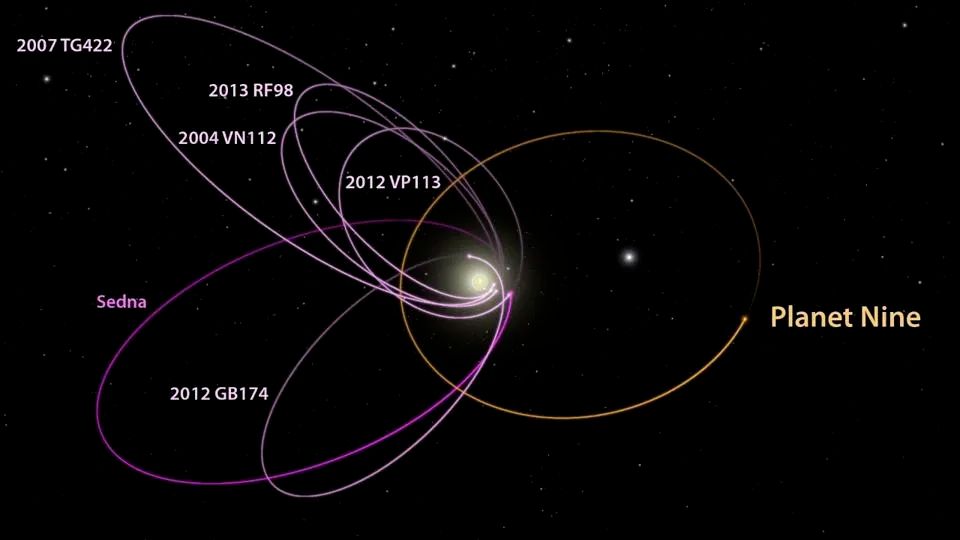
The observational evidence is limited by small number statistics. That's often enough for many to conclude, somewhere between unlikely and no. But, I lean further towards more-likely-than-not, and a new paper out today helps explain why I've thought this way.
1/7
arxiv.org/abs/2407.07515

arxiv.org/abs/2407.07515
Note that the hotspots over-emphasized explored regions because the actual areas visited are very small. From: www.science.org/doi/10.1126/...

Note that the hotspots over-emphasized explored regions because the actual areas visited are very small. From: www.science.org/doi/10.1126/...
1. Meteorites from Vesta have been interpreted as being sourced from a fully differentiated world. No metal blebs or other signs of incomplete differentiation. 6/7
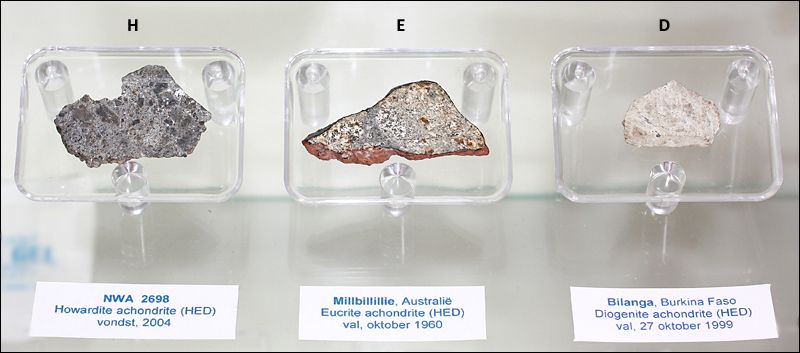
1. Meteorites from Vesta have been interpreted as being sourced from a fully differentiated world. No metal blebs or other signs of incomplete differentiation. 6/7
2) Vesta is a piece of planetary ejecta---giant impacts during the era of planet formation may have created lots of Vesta-sized debris (see figure from Asphaug et al., 2006). This debris would have had varying silicate-to-metal contents. 5/7
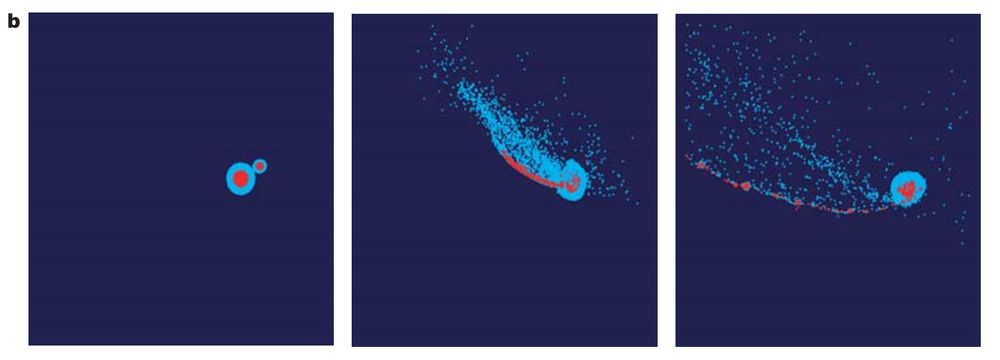
2) Vesta is a piece of planetary ejecta---giant impacts during the era of planet formation may have created lots of Vesta-sized debris (see figure from Asphaug et al., 2006). This debris would have had varying silicate-to-metal contents. 5/7
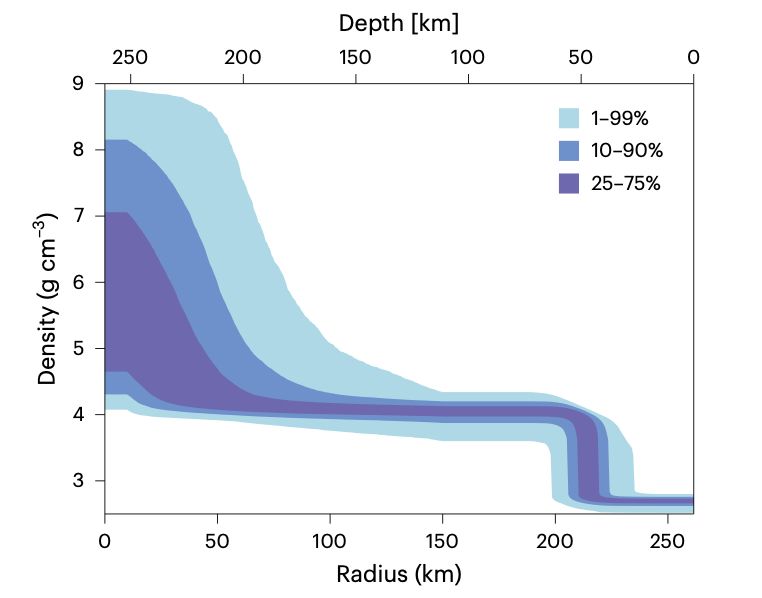
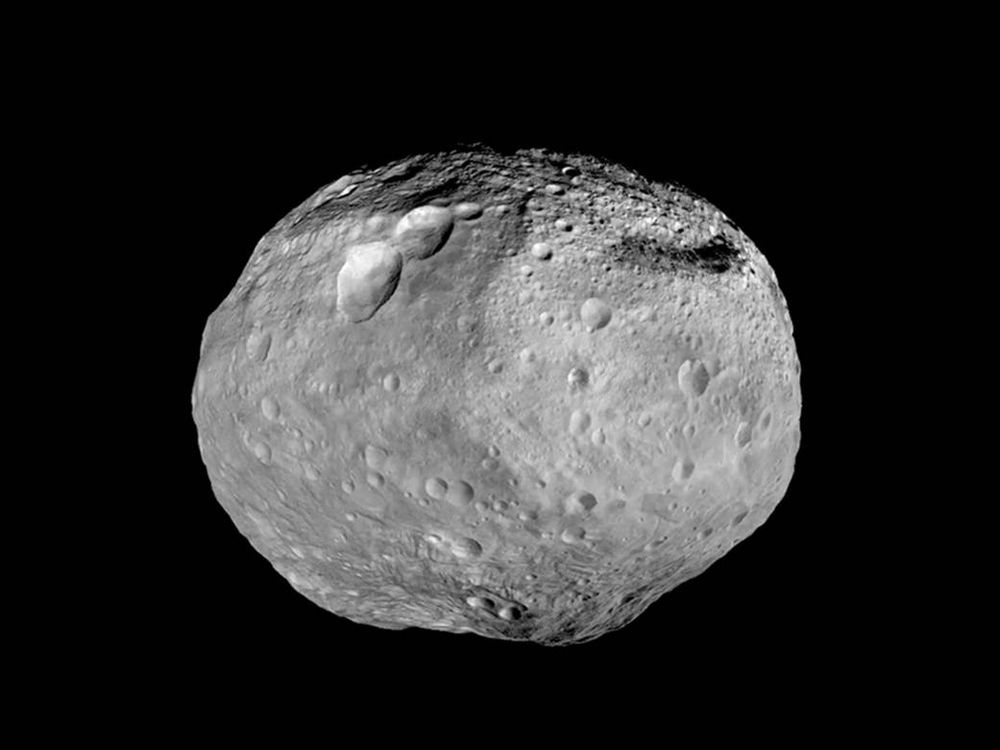
Credit: NASA / JHUAPL / SwRI.

Credit: NASA / JHUAPL / SwRI.
But they do advocacy: www.europlanet.org/europlanet-a...

But they do advocacy: www.europlanet.org/europlanet-a...








